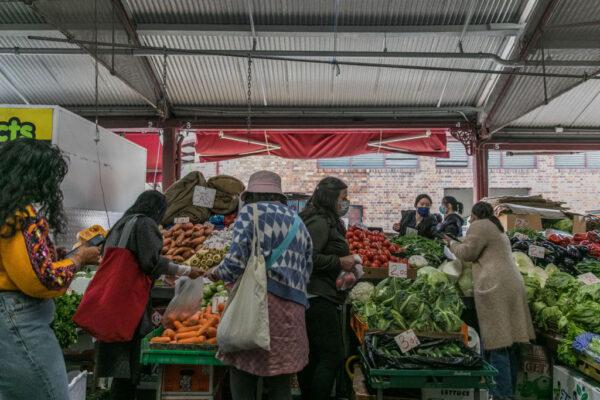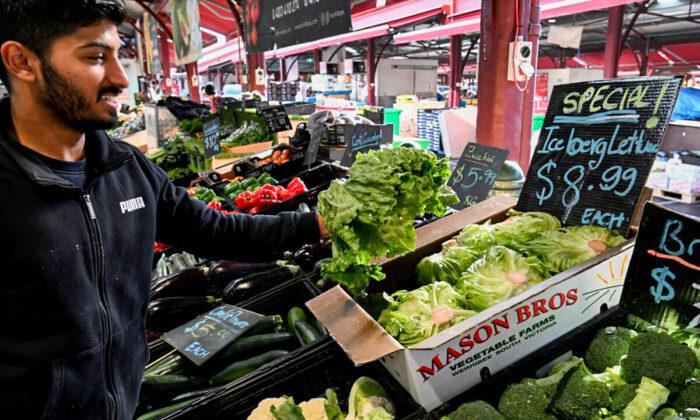Australian consumers will have to bear with the current fruit and vegetable shortages for another six weeks before seeing improvements, while supply will not return to normal until September.
Ash Salardini, the acting chief executive of the National Farmers’ Federation, said the cause of empty supermarket shelves could be traced back to the extreme weather in parts of northern New South Wales (NSW) and Queensland earlier this year.
“During the winter months, that’s where we get most of our fruit and veg ... In four to six weeks, the rest of Australia should have some of those fruit and veg come online,” he said in comments obtained by AAP.
“We should have a lot less availability issues in four to six weeks time.”
Nevertheless, Salardini warned that supply chain disruptions could still affect fruit and vegetables’ availability even if more were harvested.
More specifically, the company said the supply of zucchinis, green beans, tomatoes, lettuce, spinach, spring onions, Asian leafy greens and berries would continue to fall short of demand until July.
Heavy Rains Impact Fruit And Vegetable Growers

Woolworths, general manager of fruit and vegetables Paul Turner, said heavy rains from earlier this year were still taking a toll on many producers.
“This has pushed back the planting and harvesting of crops, with reduced availability continuing to be exacerbated by cooler temperatures and low levels of sunlight,” he said.
At the same time, Coles, another supermarket chain, said the flood crisis in northern NSW and Queensland had led to the current shortages of berries, lettuce, beans, tomatoes, broccoli and herbs, as well as inflated the prices.
“Produce pricing is subject to supply, but as soon as volumes recover, we will be working hard to get prices down for our customers as quickly as we can,” a company spokesman said.
Currently, in southeast Queensland, Coles is selling two smaller lettuces for the price of one as cold weather impacts growth.
“These lettuces haven’t fully grown due to the extremely cold weather,” the spokesman said.
Prices Will Remain High
ALDI, another major supermarket, is also experiencing supply issues.“We continue to support our local growers and hope that growing conditions become more favourable to support improved yields and ongoing sustainable production,” a company spokesman said.
Meanwhile, AusVeg spokesman Tyson Cattle said while fruit and vegetable supply might return to normal in the upcoming months, prices would stay at high levels.
“All growers’ cost of production inputs have gone up considerably, so we won’t go back to previous pricing levels, given that growers’ costs have increased ... by 35 to 40 per cent,” he said in comments obtained by AAP.






Friends Read Free